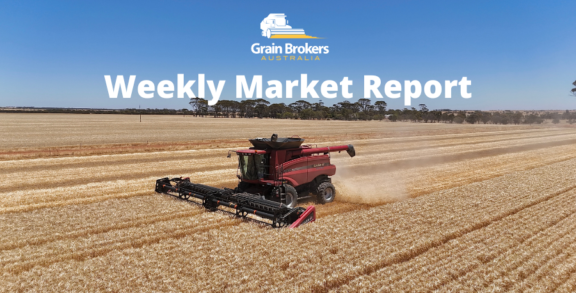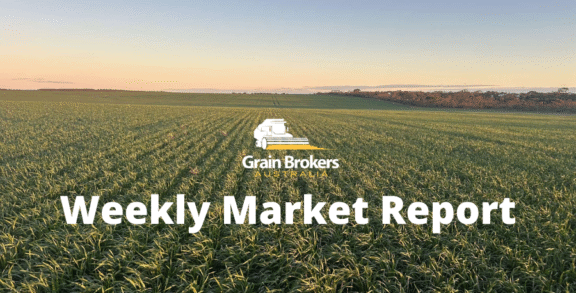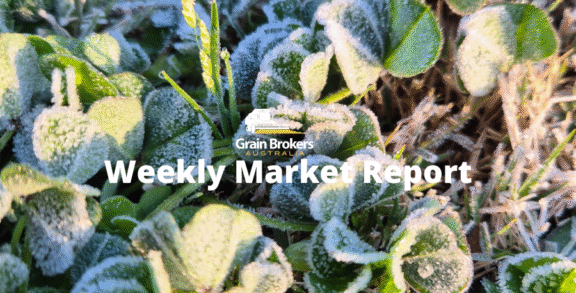Iranian state procurement agency, the Government Trading Corporation, reportedly purchased several hundred thousand tonnes of Russian milling wheat last week for April and May shipment. The tender caught most of the market by surprise, especially with Iran’s wheat harvest expected to commence in May.
News of the deal comes as vessels carrying more than 650,000 metric tonne of Russian wheat remain stranded at the major Iranian ports of Bandar Imam Khomeini and Bandar Abbas, unable to discharge due to documentation issues and hard currency payment delays.
Some of the vessels have been at anchor in the Persian Gulf since September last year, as the Central Bank of Iran’s lack of foreign currency reserves severely hampers the flow of essential goods, such as wheat and sugar, into the country. The ongoing civil unrest against the government, stemming from the death of Mahsa Amini in September last year at the hands of the country’s morality police, is not helping the situation.
With the demurrage bills growing daily, Russia sent a trade delegation to Iran on January 25 in an effort to resolve the issue. The negotiations resulted in an Iranian government agreement to pay for all agricultural products caught up by the payment delays. However, virtually nothing has been discharged and released by shippers since the meeting. The quality of the food goods once the cargoes are finally discharged is a rapidly escalating challenge due to the extraordinarily long period in the vessel holds.
The West’s sanctions on Iran over its controversial nuclear programme exclude food imports, but the restrictions have severely affected the country’s financial system, necessitating complex and unreliable payment arrangements with its international suppliers. The value of the Iranian rial has dropped by almost 50 per cent against the US dollar since the failure of nuclear talks with the West in September, exacerbating the dire situation.
Back in November last year, a report released by Iran’s Ports and Maritime Organisation put the discharge backlog due to the payment delays at the port of Bandar Imam Khomeini alone at 37 vessels carrying 2.2 million metric tonne of goods, including food items such as wheat and sugar. The value of those distressed cargoes was put at more than one billion United States dollars. By early February, Iran’s Customs Administration said that at least eight million metric tonne of essential goods were sitting on ships anchored off the country’s Persian Gulf ports.
Last week’s deal is believed to be a government-to-government agreement that will most likely be executed by a select band of well-connected Russian exporters. As such, the extremely costly discharge delays will be mitigated as these cheaper shipments will reportedly go straight to the front of the discharge queue.
Ironically, most of the wheat held up at the Persian Gulf ports by the government payment issues are reported to be purchases made via previous GTC tenders. And with the buyer well out of the money following the decrease in international prices, the sellers are reluctant to let Iran off the hook by cancelling the deals and booking significant losses. Most sales concluded with private buyers in recent months are believed to have experienced minimal delays with payment made, and the grain discharged largely within contract terms.
Food security is a priority for the Iranian government, especially in light of the ongoing civilian protests. Drought drastically decreased domestic production in the 2021 harvest, culminating in record wheat imports of 8 million metric tonne in the 2021/22 marketing year (July/June).
In Iran’s last crop year (September/August), the Agriculture Ministry reported wheat production of 11.5MMT off 4.9 million hectares, an increase of 45 per cent compared to the previous season. A far more favourable growing season, a 50 per cent fall in the subsidised price for fertiliser and pesticides, and an increase in the planted area following a 130 per cent increase in the government’s guaranteed purchase price were the primary contributing factors.
Considered a staple in Iran, the government purchases wheat from farmers every crop year to build up its reserves and regulate supply to the market over time. The government has purchased 7.5MMT of wheat from local farmers following last year’s harvest, up from 4.5MMT the previous year. However, despite the significant jump in production, wheat imports are still expected to be around 5.5MMT in the current marketing year, assuming the hard currency issues are resolved soon. In the five seasons prior to 2021/2022, wheat imports averaged just 1.2MMT annually.
Iran was Russia’s third biggest wheat customer in the 2022 calendar year, importing a total of 1.8MMT, down 55 per cent compared to 2021 shipments of 4MMT. The biggest importer of Russian wheat last year was Turkey with 4MMT, down 5.2 per cent, followed by Egypt, which registered a 12.6 per cent rise to 3.5MMT. Trailing Iran on the list was Saudi Arabia with 1.5MMT, up 119 per cent, and Algeria with 1MMT, up 270 per cent.
Iran’s barley production in its 2021/22 crop year was up 11 per cent to 3MMT, on par with the average of the past five years. Imports are pegged at 2.7MMT in the 2022/23 marketing year, slightly higher than the five-year average of 2.5MMT as stockfeed manufacturers increase barley inclusion rates at the expense of wheat.
How the Iranian government solves the hard currency shortfall amid the country’s increasing isolation over its disputed nuclear programme, extensive human rights violations, and the supply of drones to Russia for use against the innocent Ukraine population will be challenging. However, considering the reported nature of the transaction, it certainly wouldn’t be difficult to conclude that last week’s wheat deal and the supply of drones could somehow be quite intimately connected.
Call your local Grain Brokers Australia representative on 1300 946 544 to discuss your grain marketing needs.





